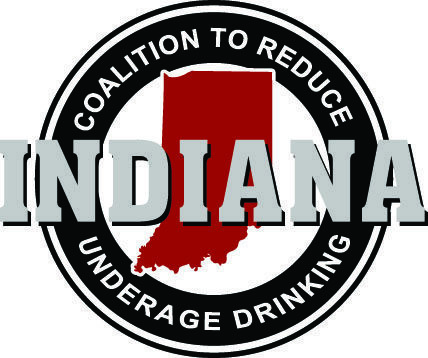Policy Change
Environmental Change
The Basic Idea: Alcohol is the most consumed drug by youth and adults in Indiana. That seems like an overwhelming problem, doesn’t It? But there are things we can do like changing the way alcohol is marketed and sold – that’s called “environmental change”. If you weren’t concerned about underage drinking, you probably wouldn’t be reading this page. So what is environmental change and how does it relate to this statewide problem?
Environmental change isn’t a new concept. Groups like Mother’s Against Drunk Driving (MADD) have been using the strategy for years. That is how the legal drinking age was raised from 18 to 21. Mothers and others were concerned with the number of young people who were driving drunk, so they organized themselves across the nation and became true advocates. They called, wrote, and visited their senators and representatives in order to voice their concerns. They have also educated the public about drunk driving and continued to encourage others to get involved. They have changed the environment by challenging the laws regarding the legal drinking age.
Traditional prevention efforts focus on the individual, and while that is important, it is also important to look at the environment that surrounds the individual. How accessible and available is alcohol? What are the messages about alcohol that young people are getting? What are the attitudes and beliefs about underage drinking?
All of these factors can be addressed through policy.

If you are concerned about youth access to alcohol and underage drinking and want to talk to your legislators about your concerns, please call:
The Indiana State Senate: 800-382-9467
The Indiana House of Representatives: 800-382-9842
The ABC’s of Advocacy
A – ACT! If you don’t do it, who will?
B – BE BOLD! Stand firm on your issue, and let others know why it is important to you.
C – CREATE awareness about your issue, and opportunities for discussion and communication.
D – DEVELOP relationships with your representative, senator, and/or a legislator.
E – ENCOURAGE a young person to get involved, and give them suggestions and support on what they can do.
F – FIND OUT what the “other side” really thinks of your issue – meet with them.
G – GET media attention for your issue as much as possible.
H – HELP an organization raise money.
I – IDENTIFY solutions and steps needed to get there (and involve someone new at every opportunity).
J – JOIN with others. There is power in numbers!
K – KNOW the facts about your issue and be prepared to educate others.
L – LEAVE simple, brief materials with someone after you have talked with him or her about your issue.
M – MEET with your representative, senator, and other legislative staff. Educate them and keep them informed!
N – NEVER GIVE UP!
O – ORGANIZE a meeting, rally, phone calling, or letter writing campaign around your issue.
P – PHONE legislators, friends, family, and others about your issue and encourage them to take action.
Q – QUIETLY listen (without interrupting or arguing) to the “other side” of an issue. You will want them to do the same.
R – REQUEST specific action. Know what you want to accomplish.
S – SHARE helpful information and success stories with others who are also doing advocacy work – you might learn something from them, too!
T – THANK your legislator, friends, co-workers, volunteers, etc. for taking action and supporting your issue.
U – USE your own style, but always be courteous, factual, and professional.
V – VOTE!
W – WRITE your legislator, the editor of newspapers and magazines, and others about your issue.
X – XEROX information on your issue and pass it out to help educate others.
Y – YELL for help! Don’t try to do it all yourself – involve others and don’t burn yourself out.
Z – ZERO in on the most important points you want to make and stick to them!

